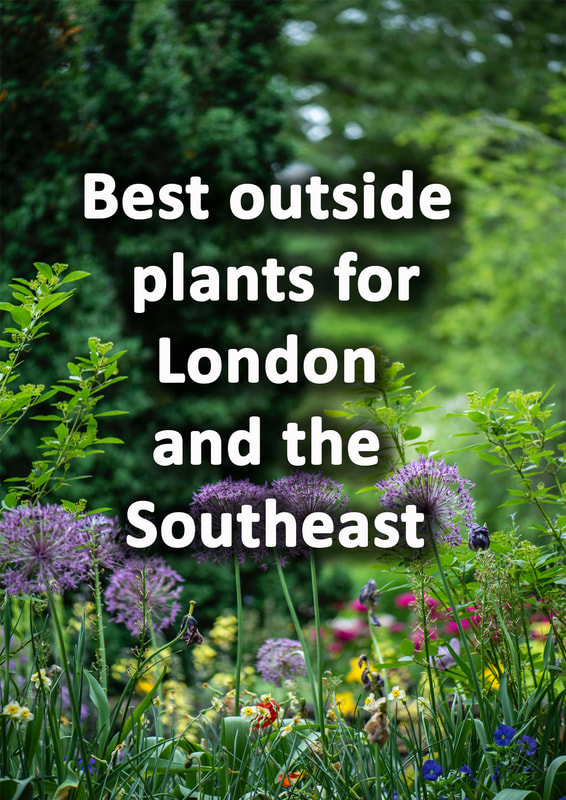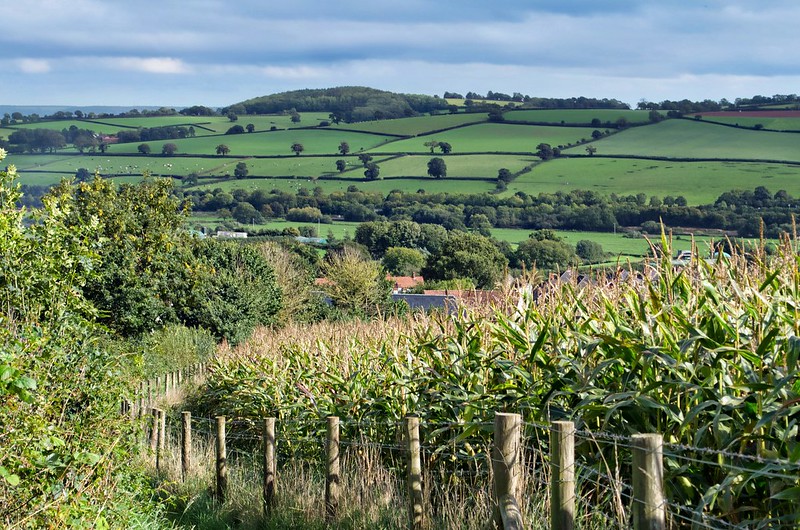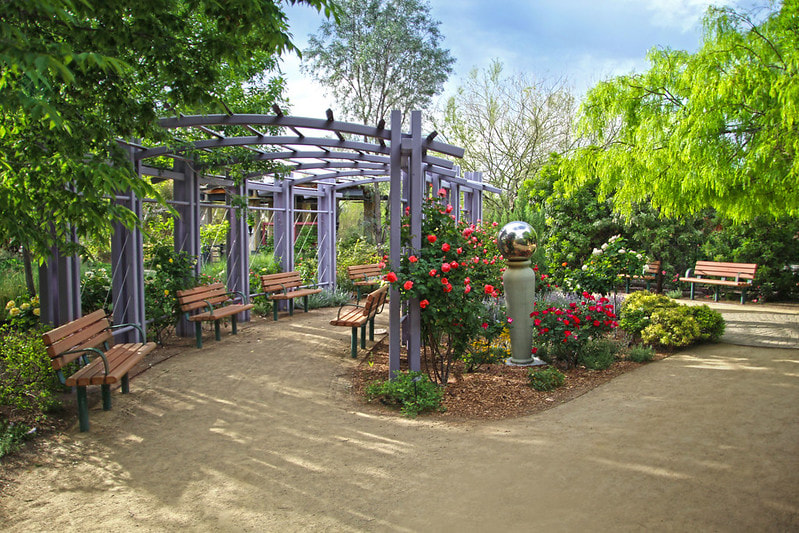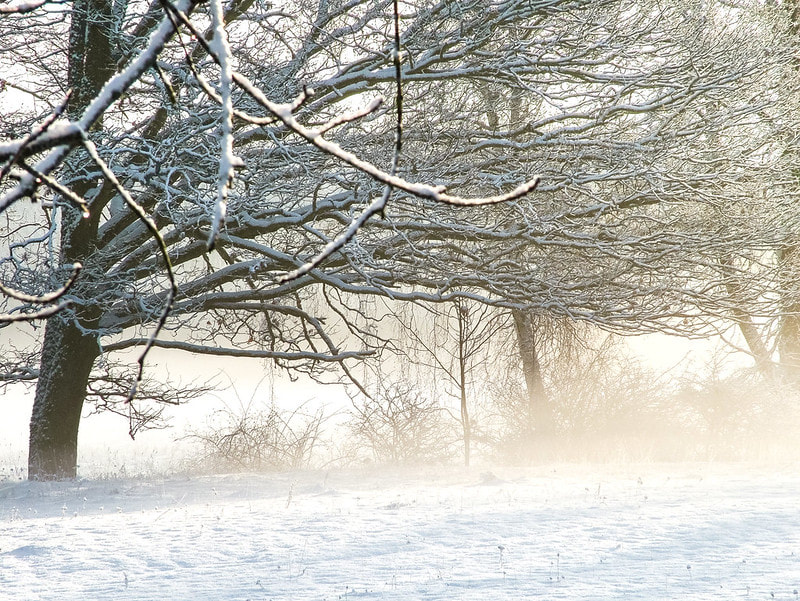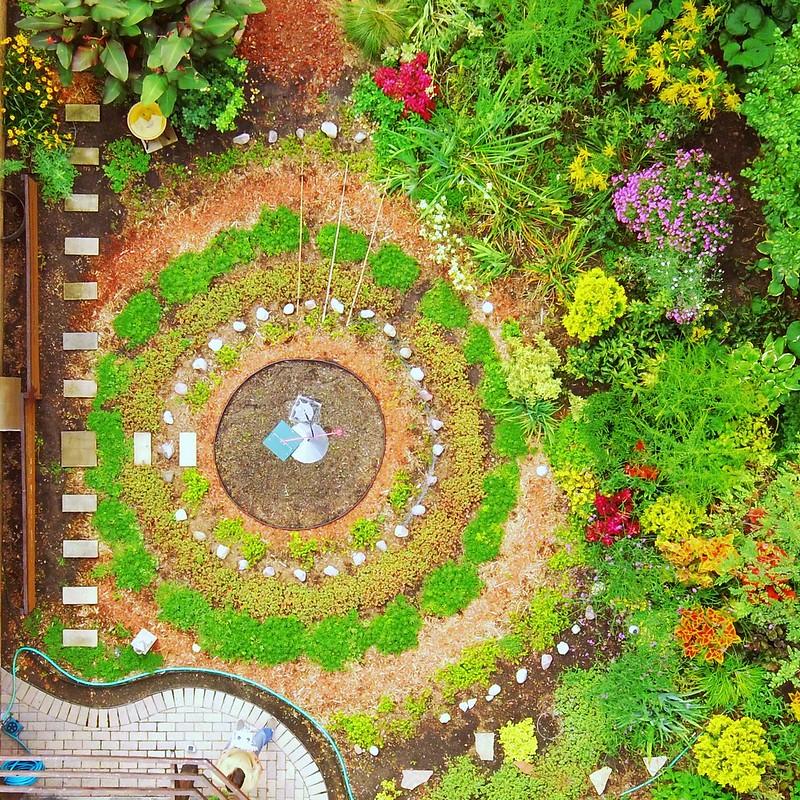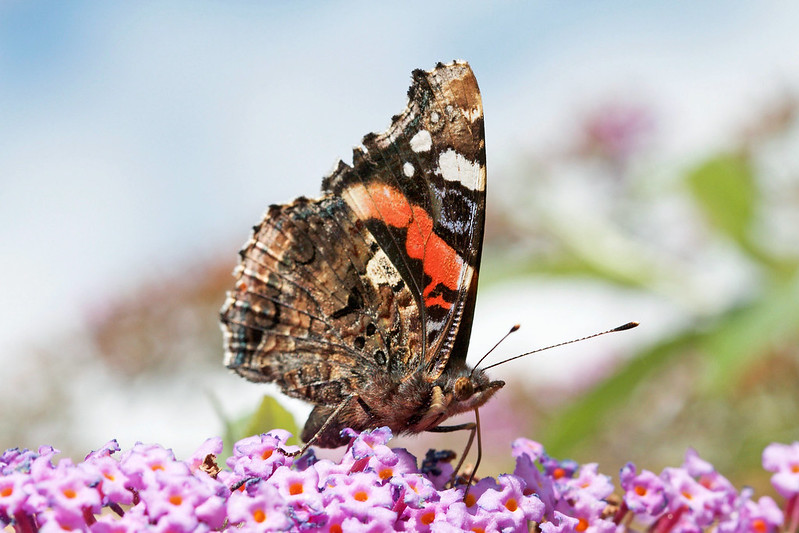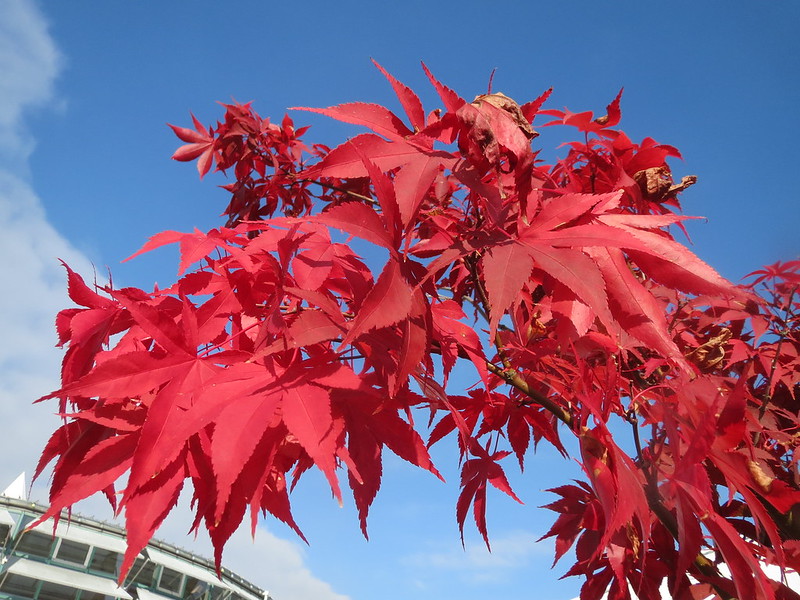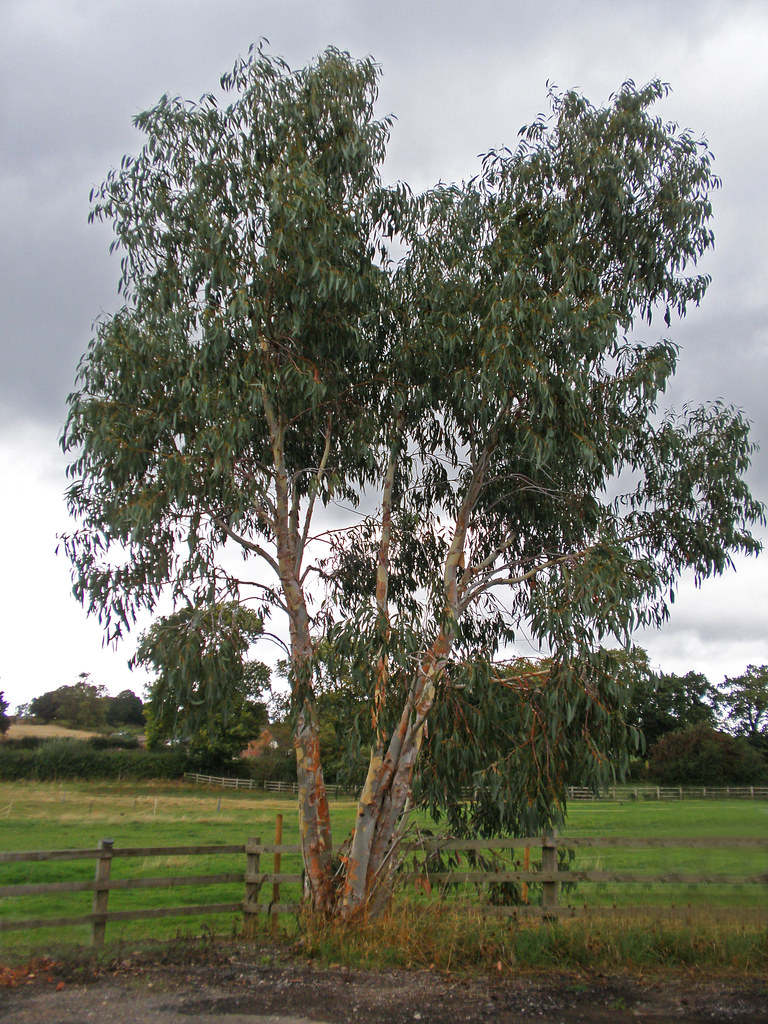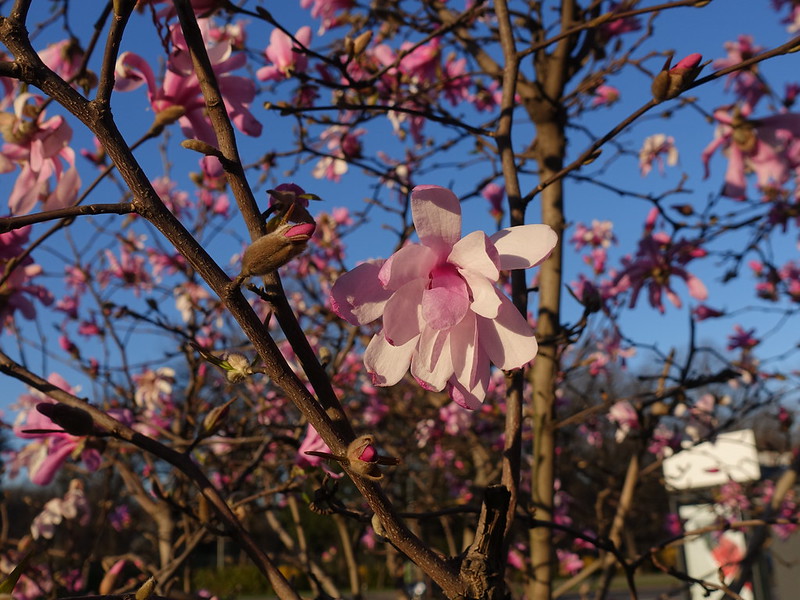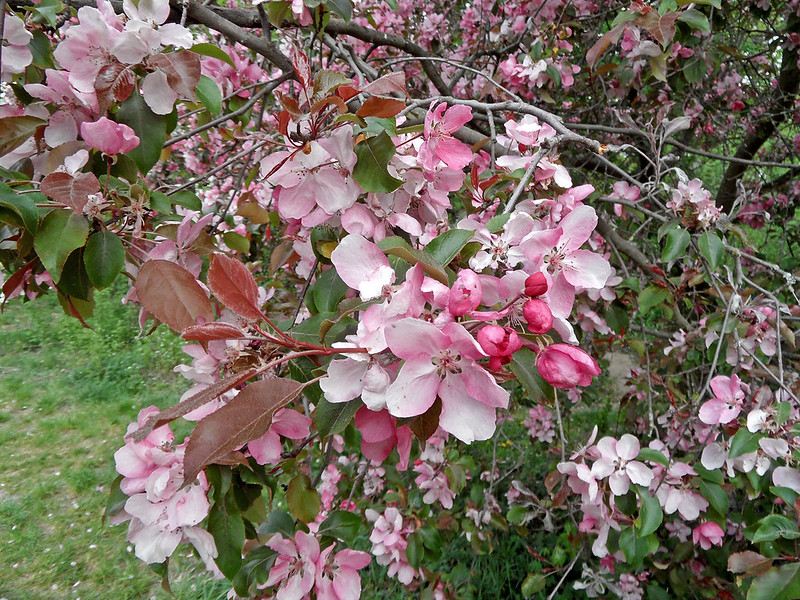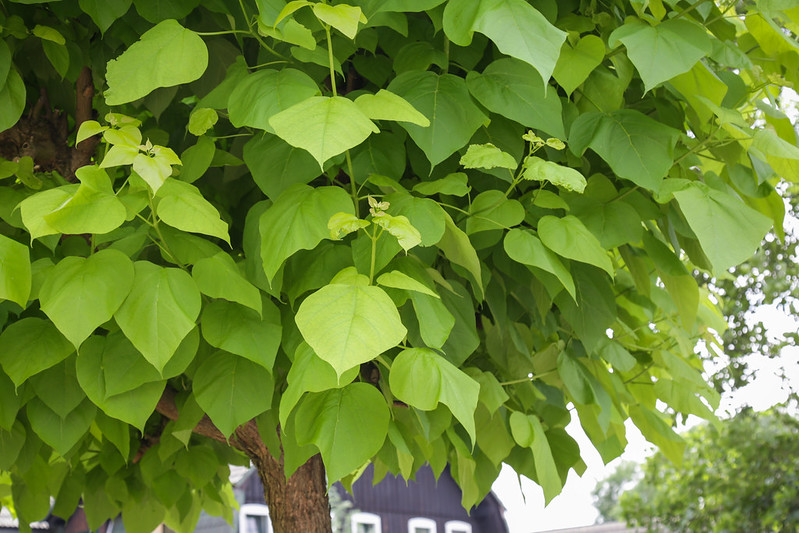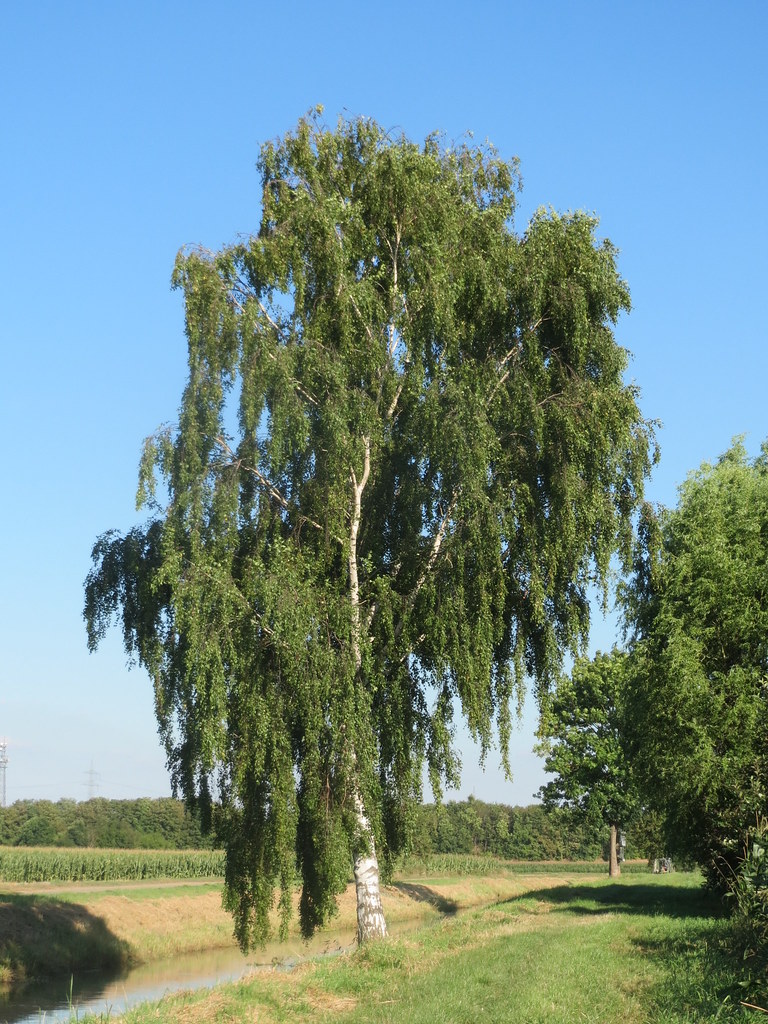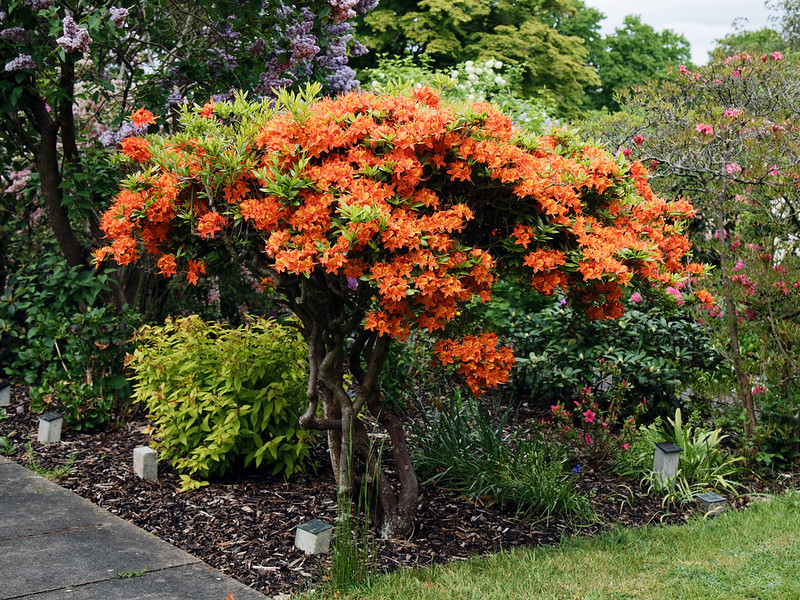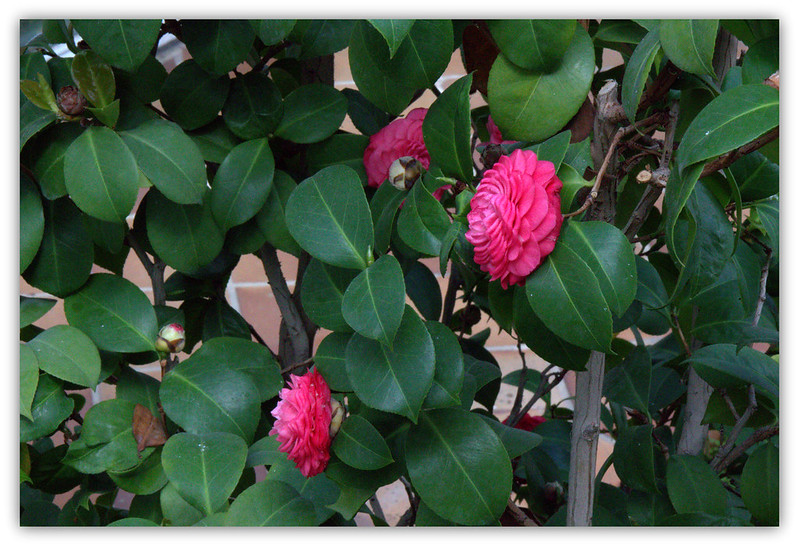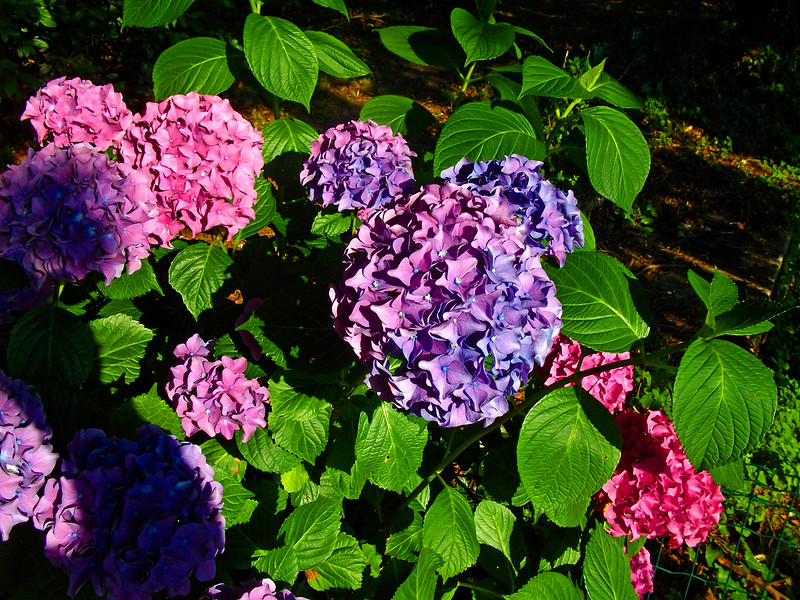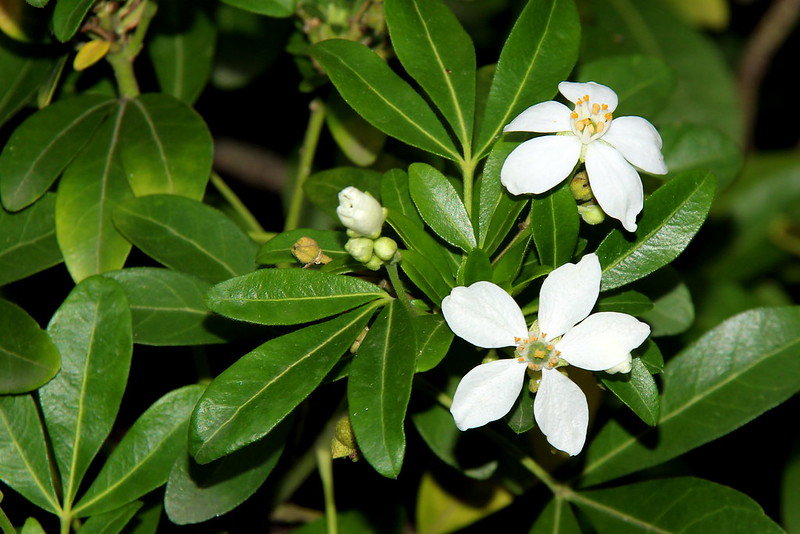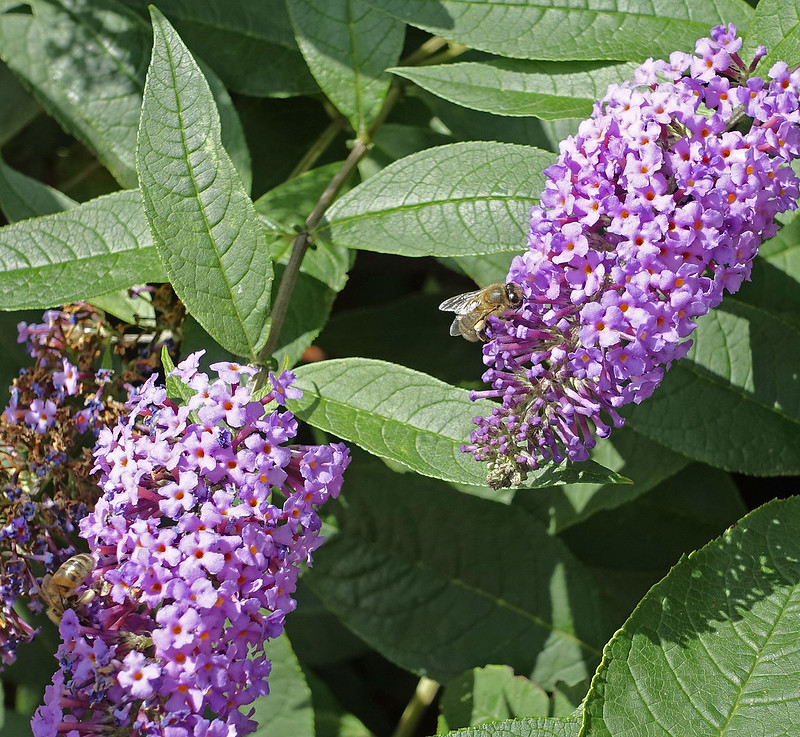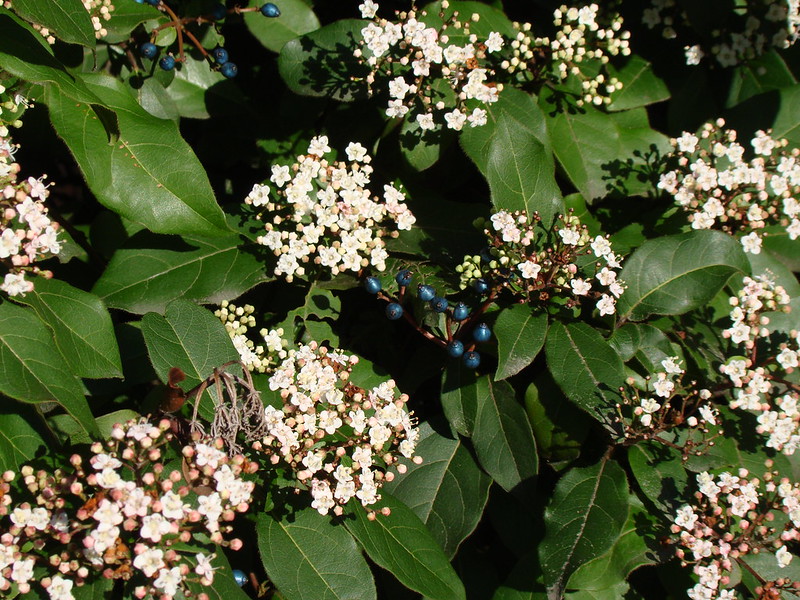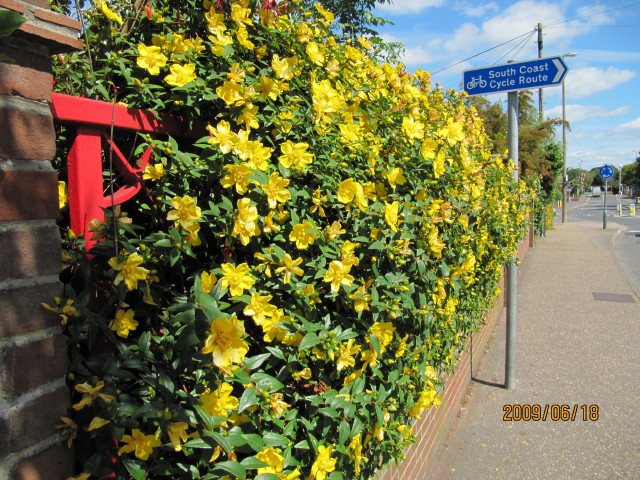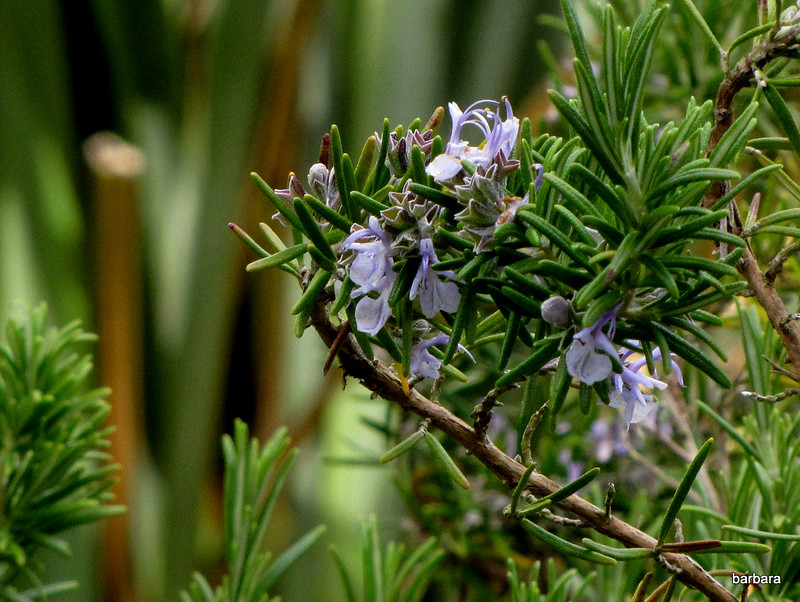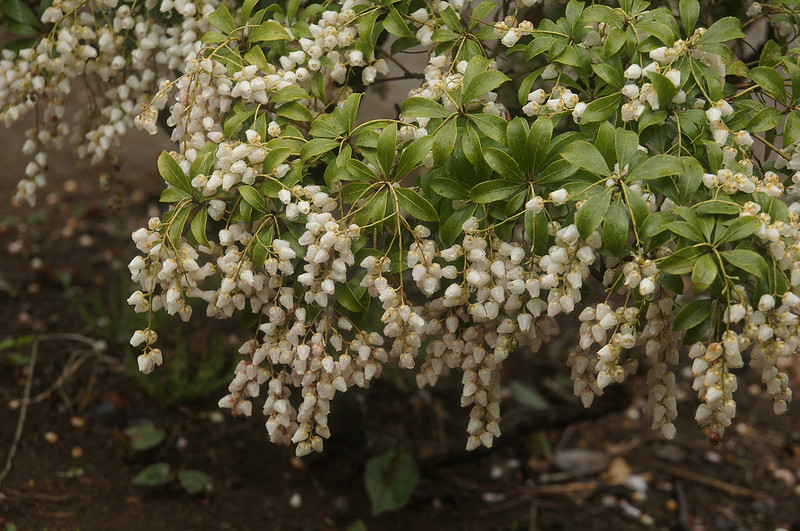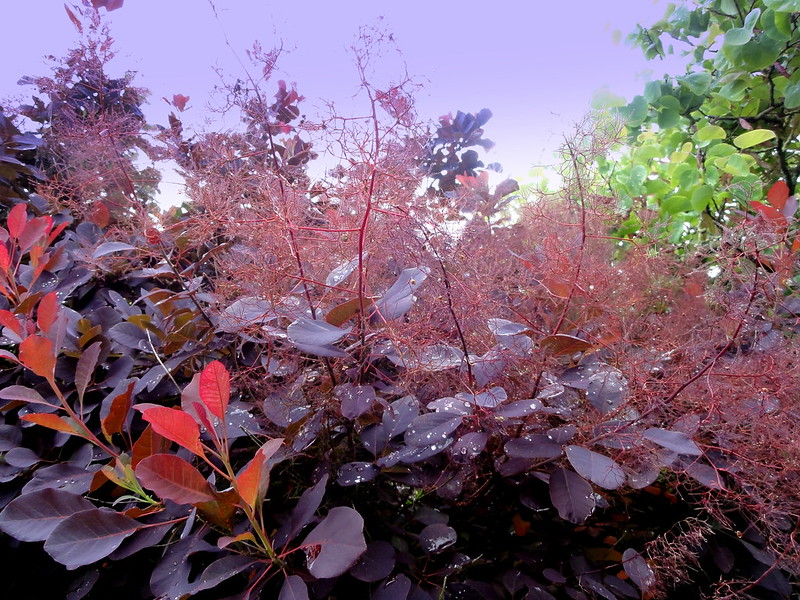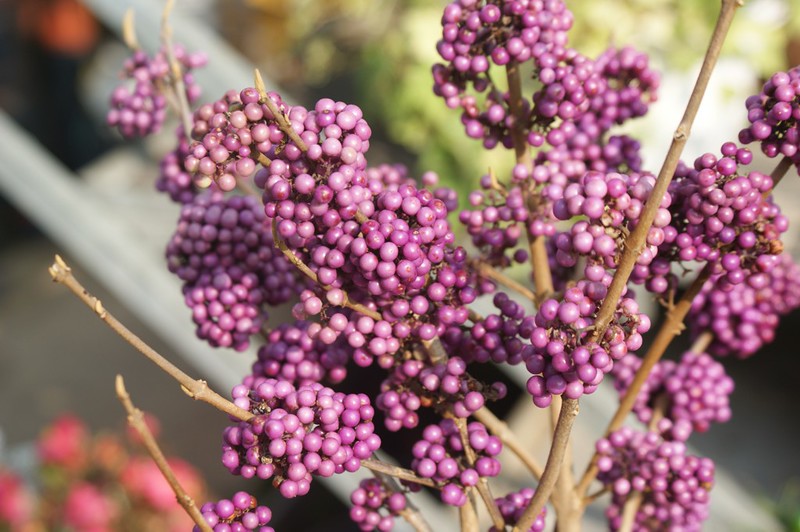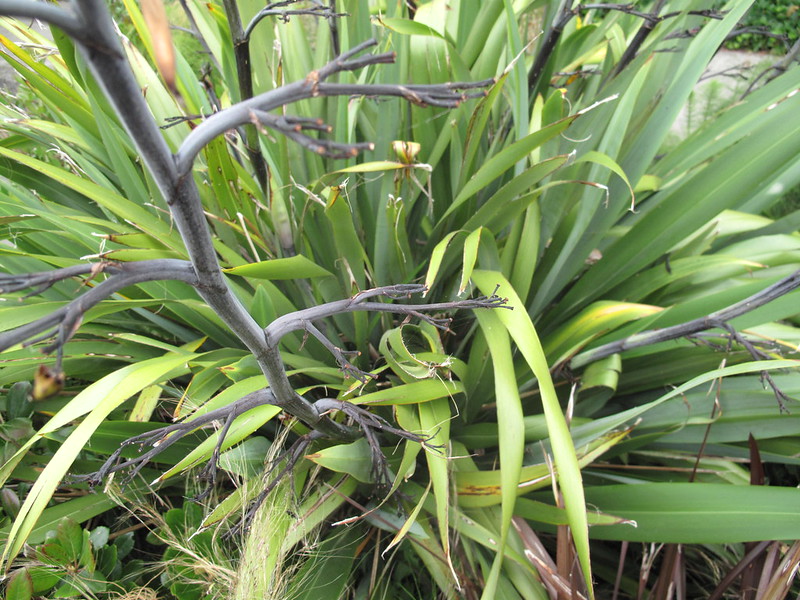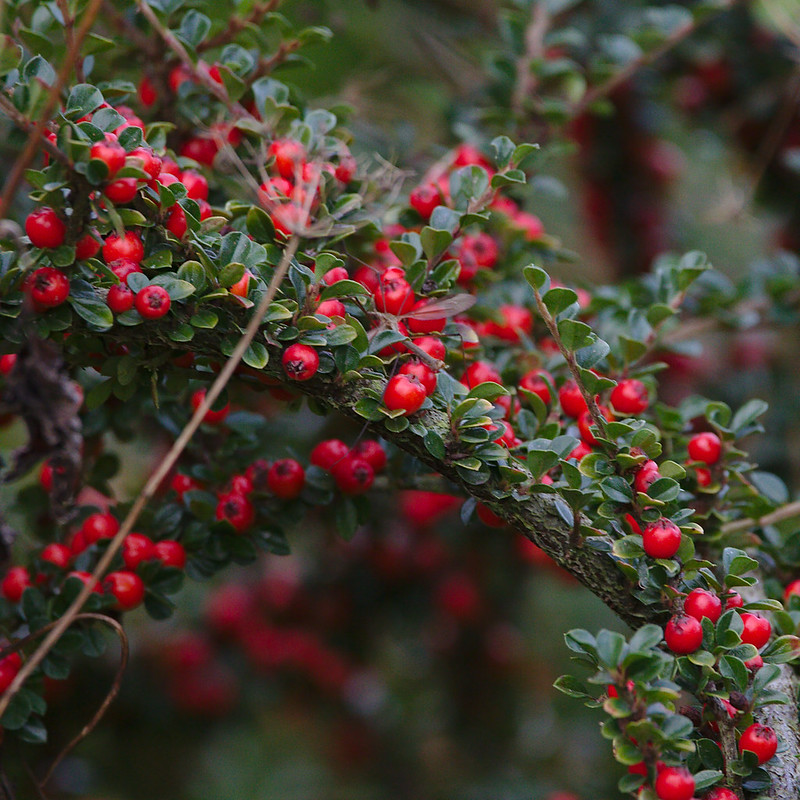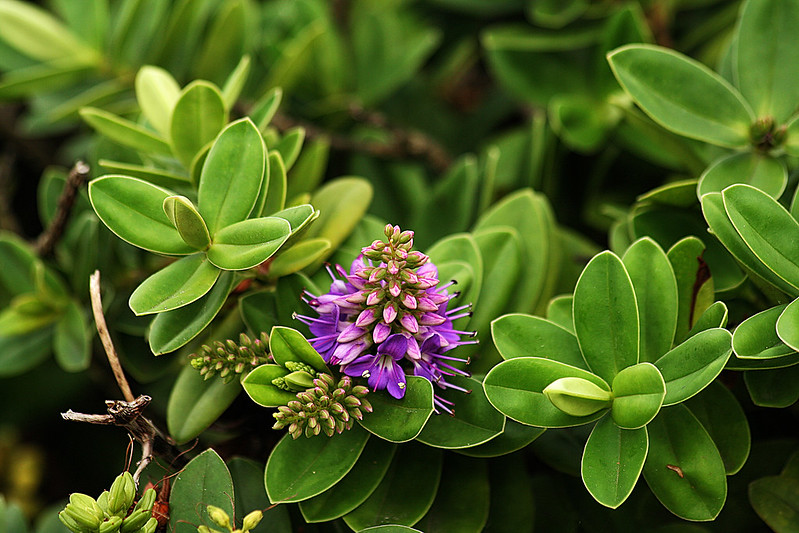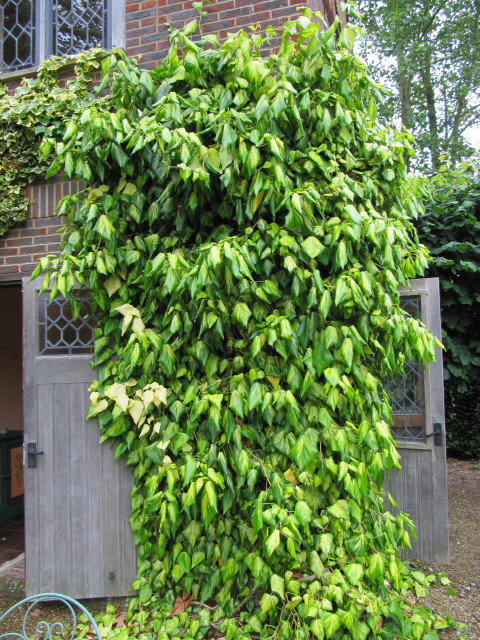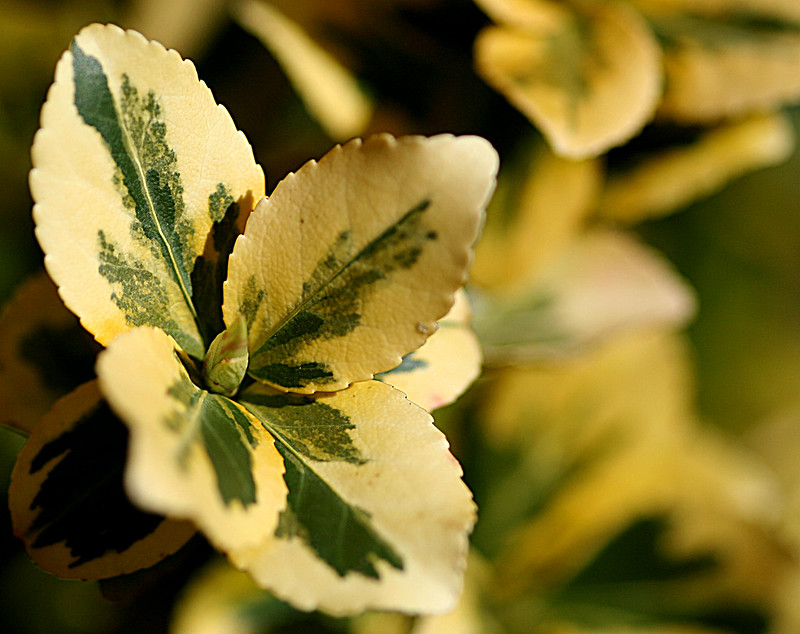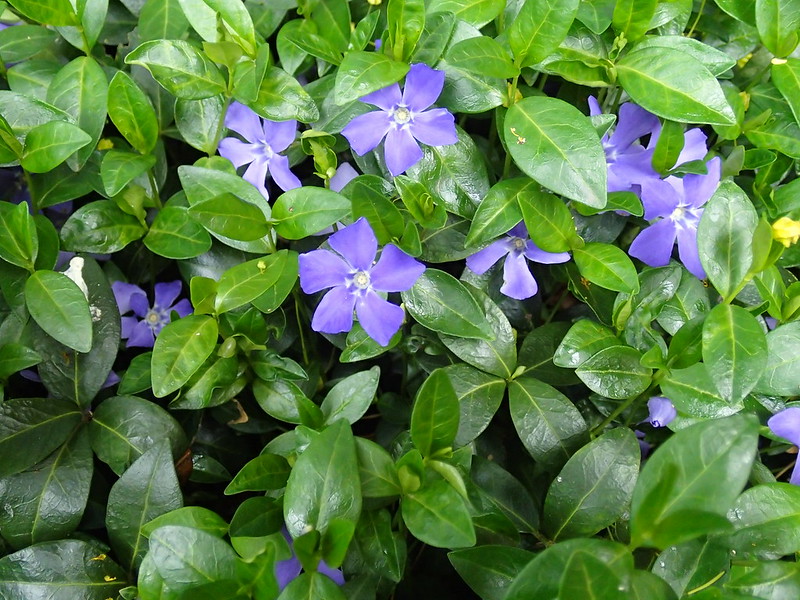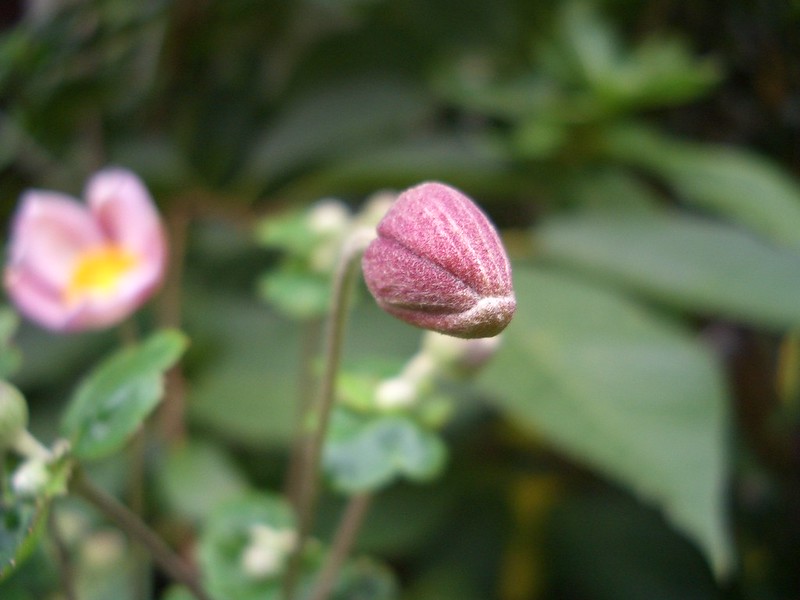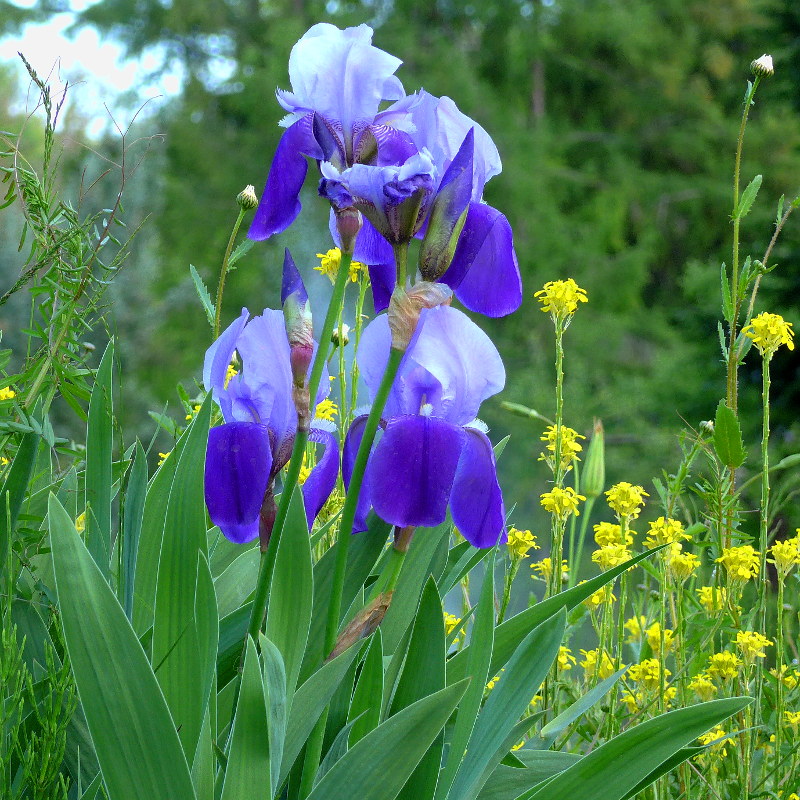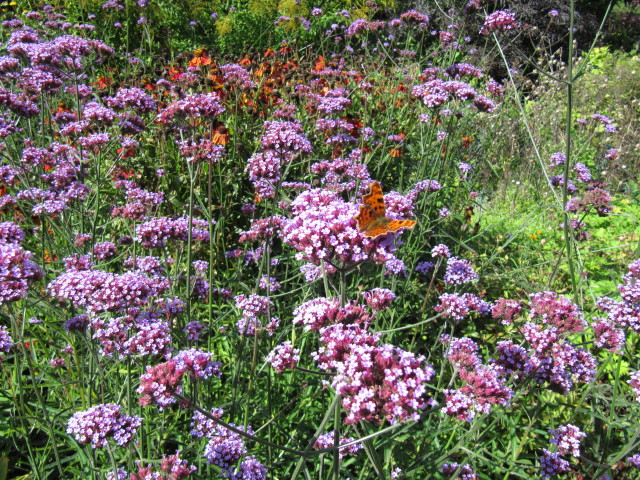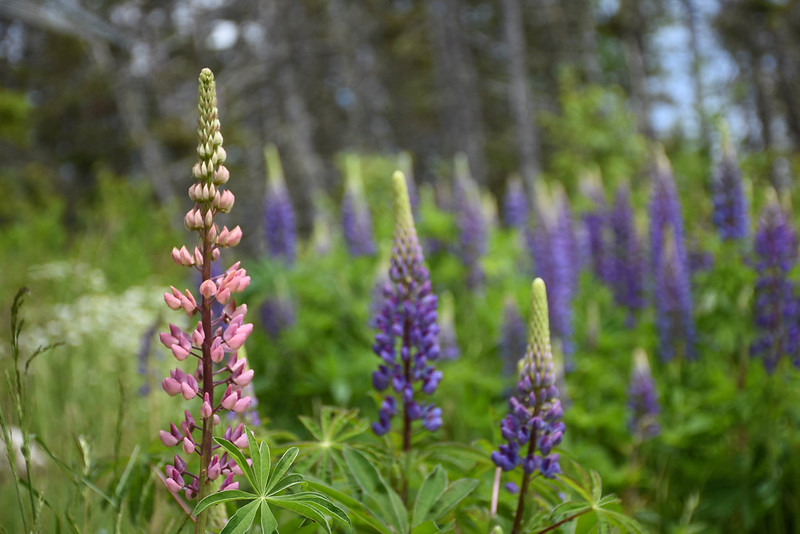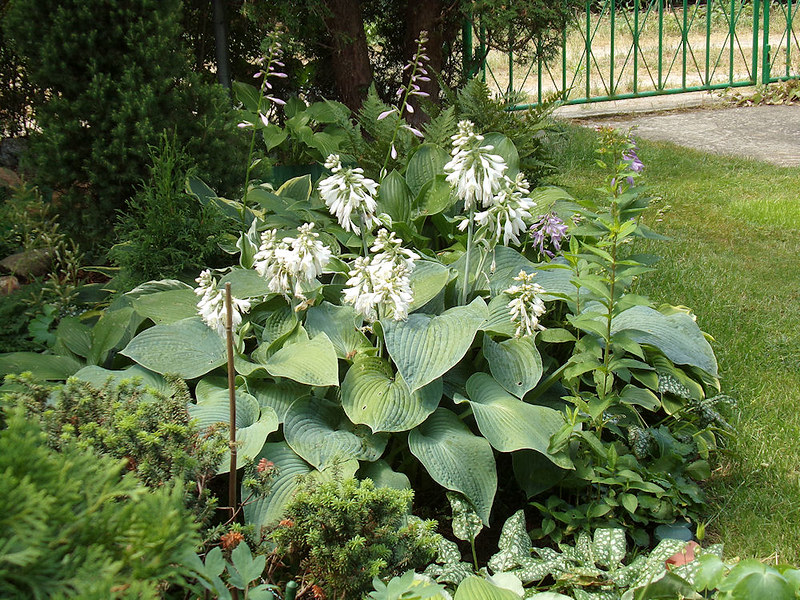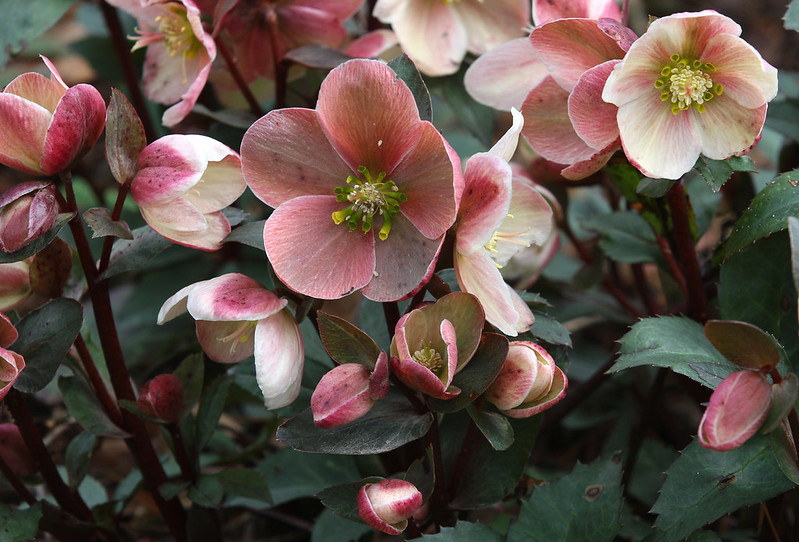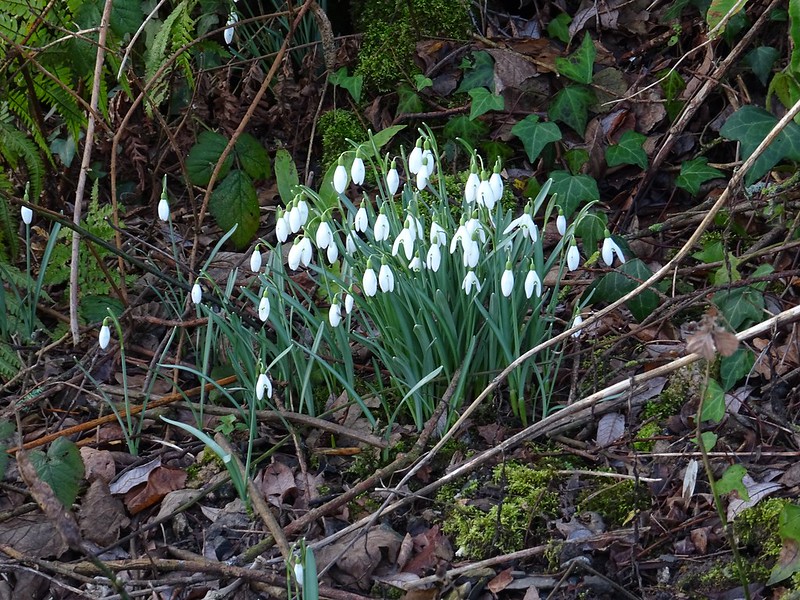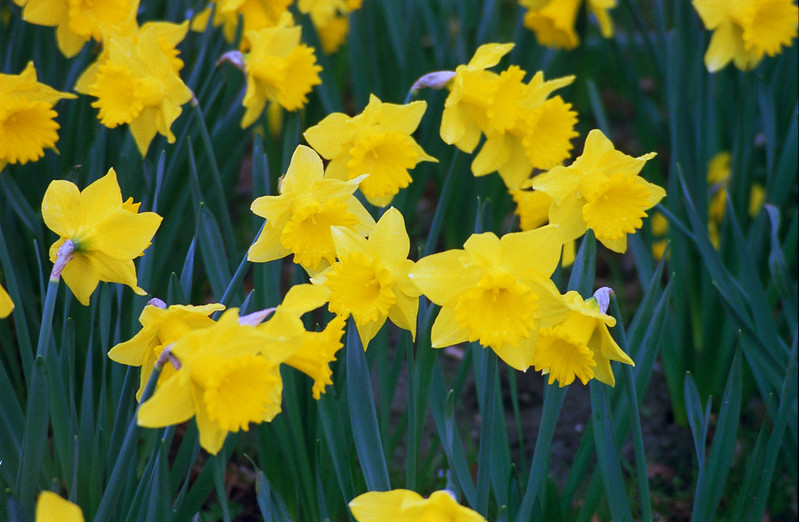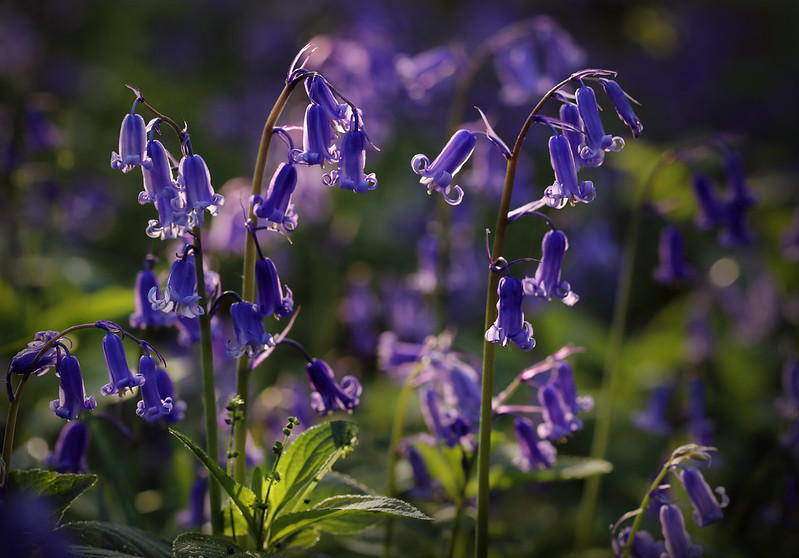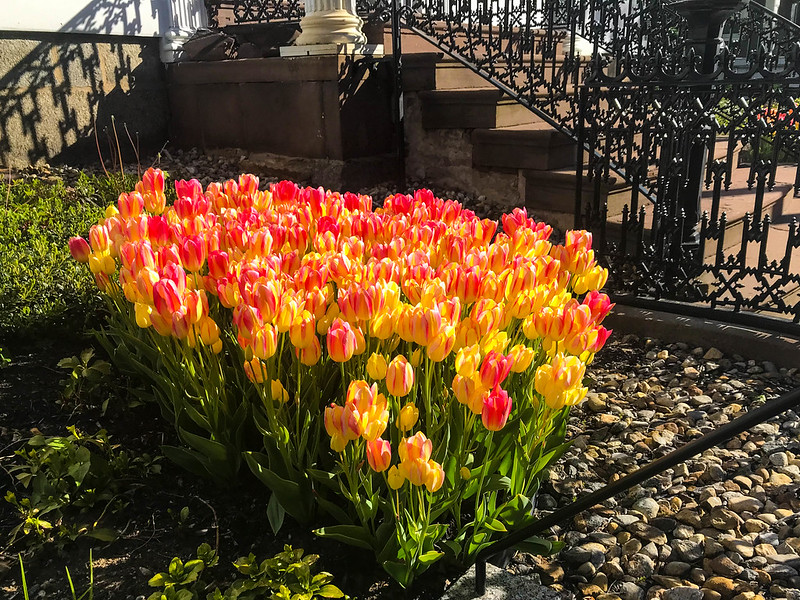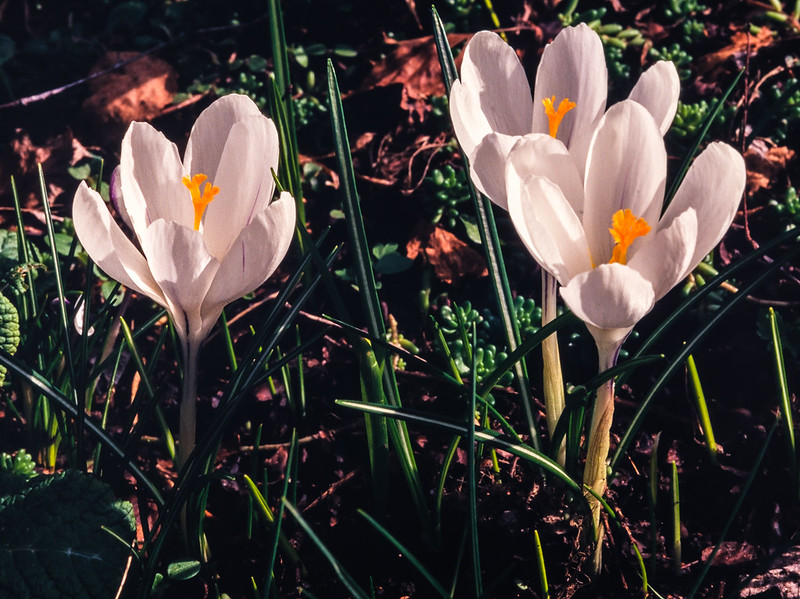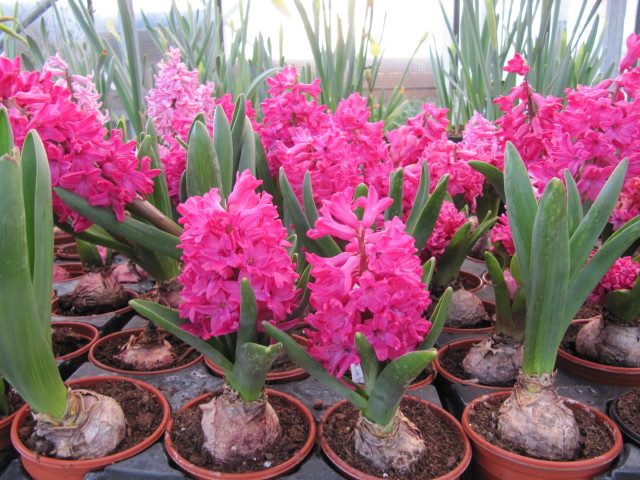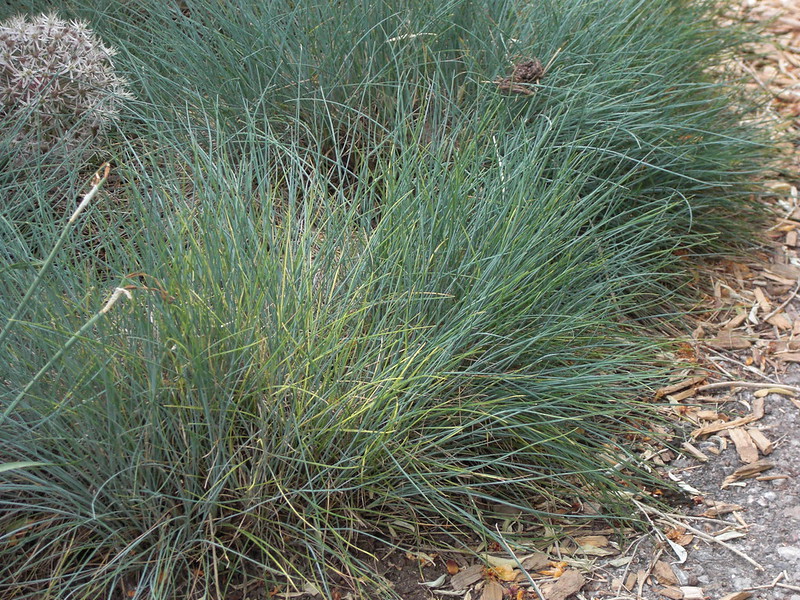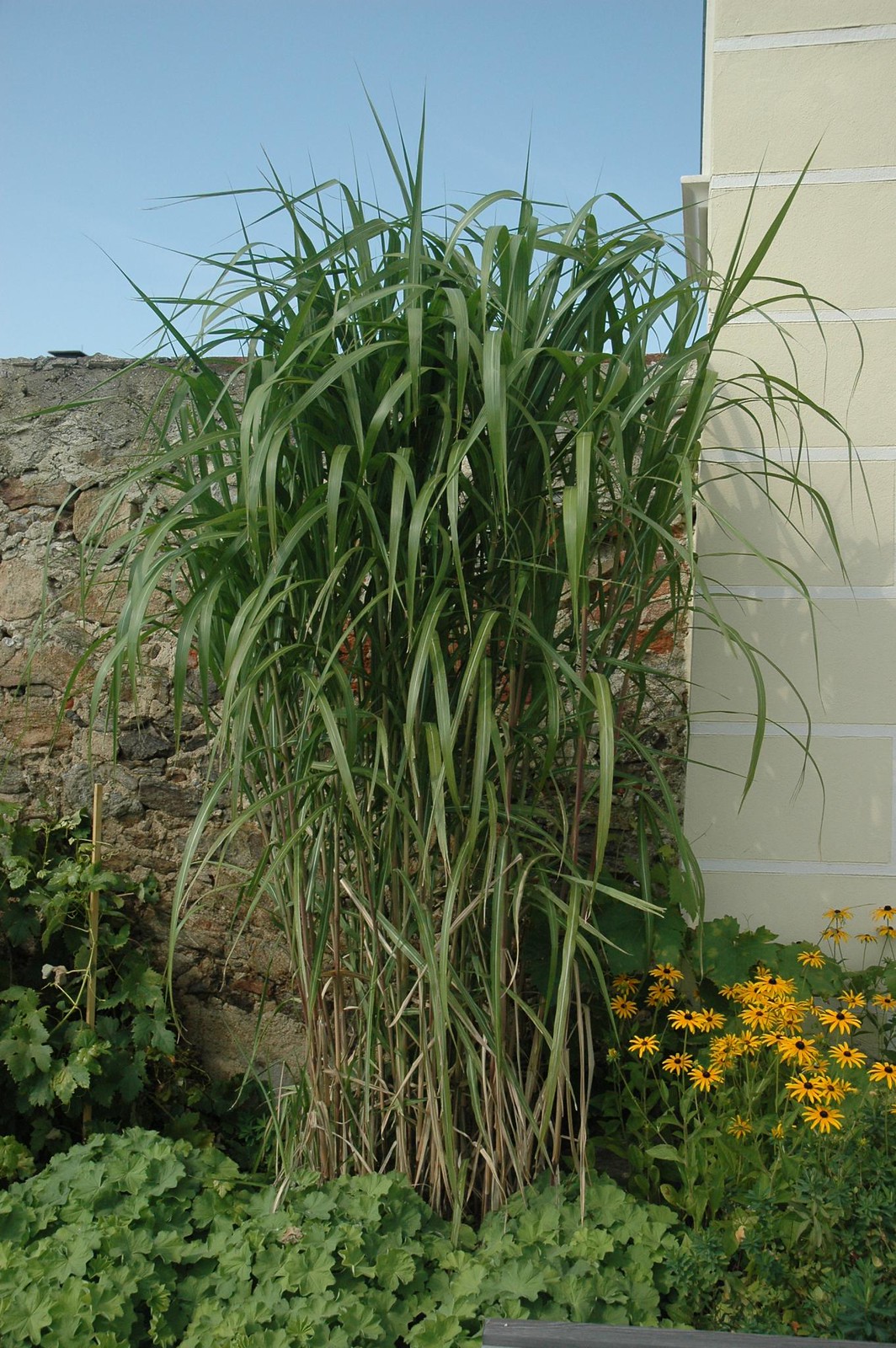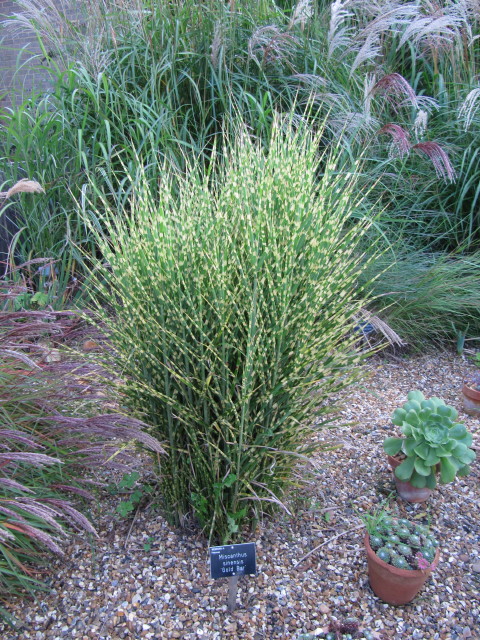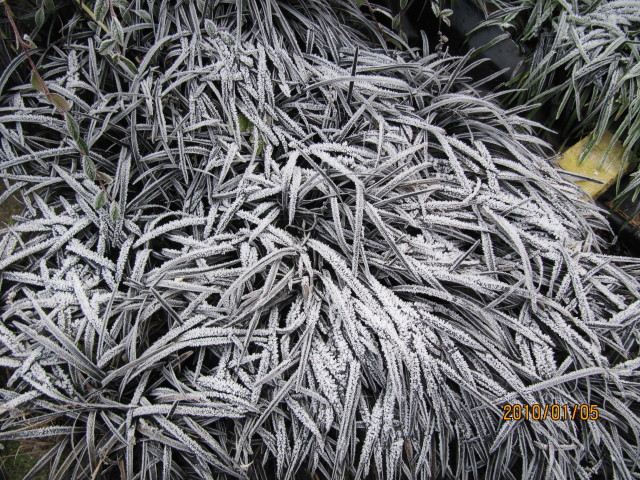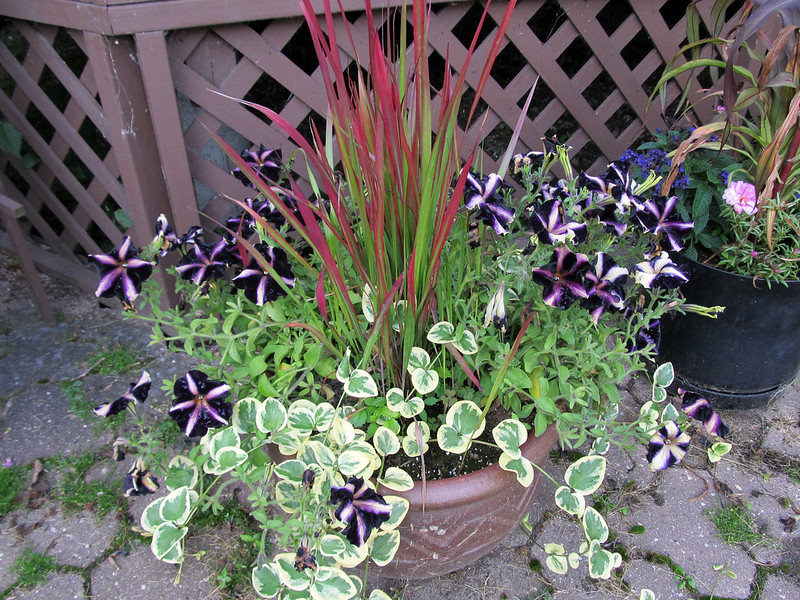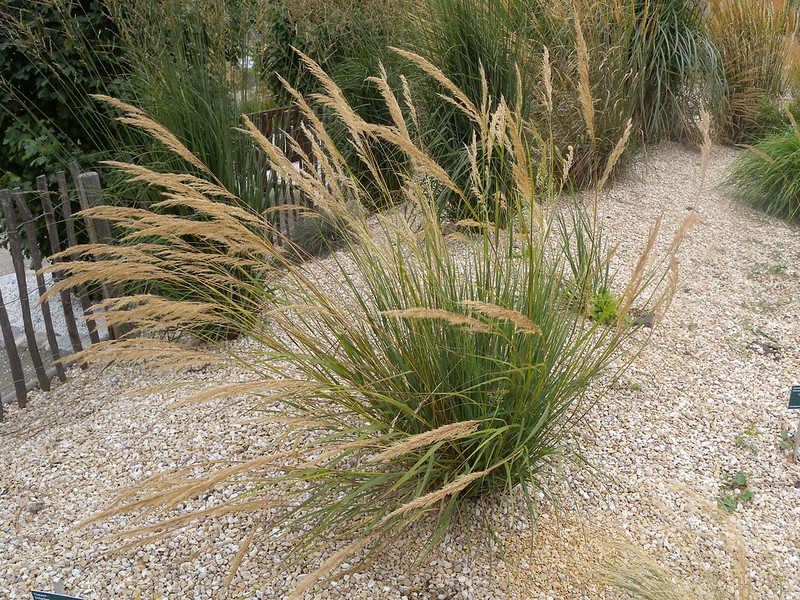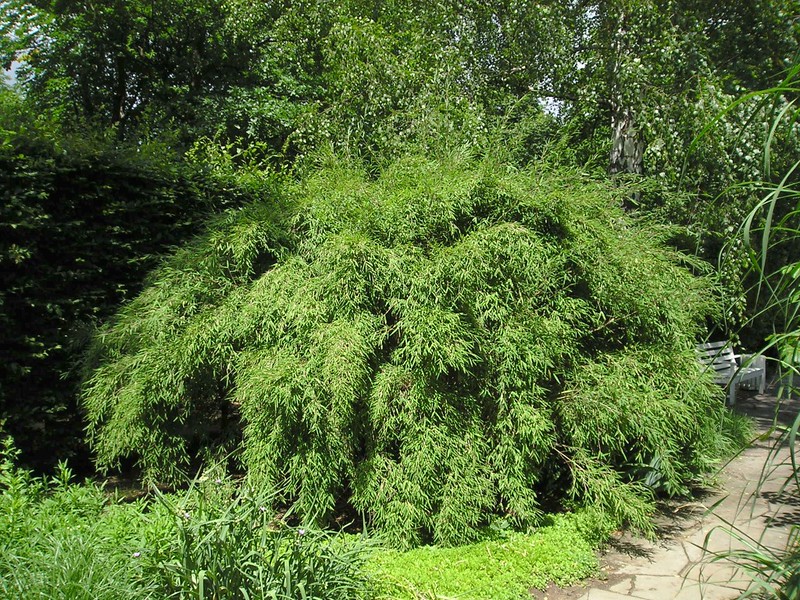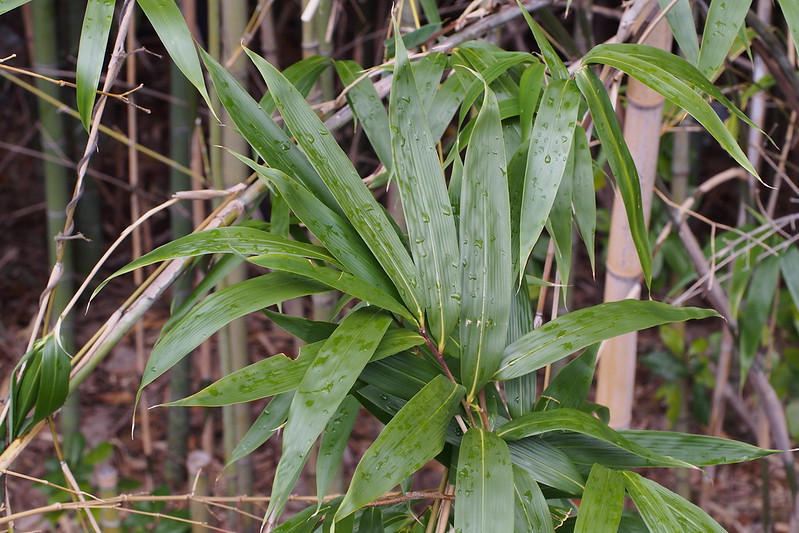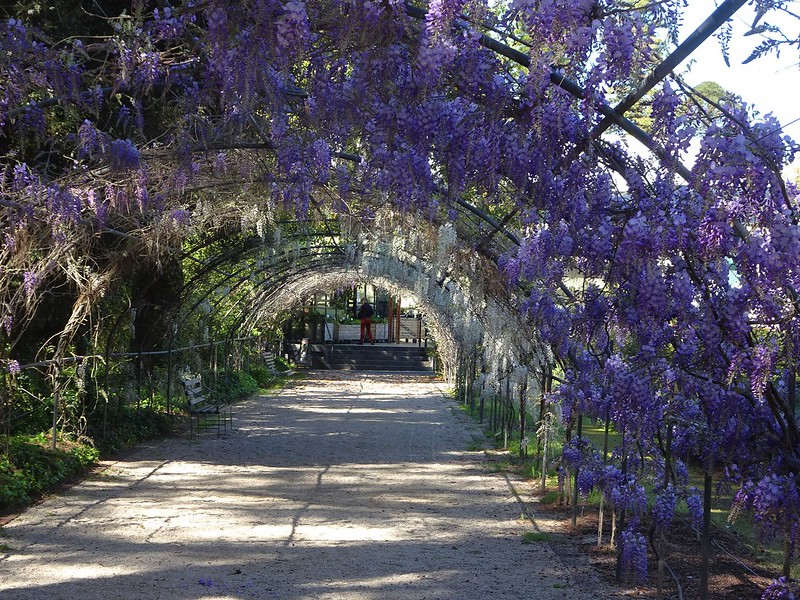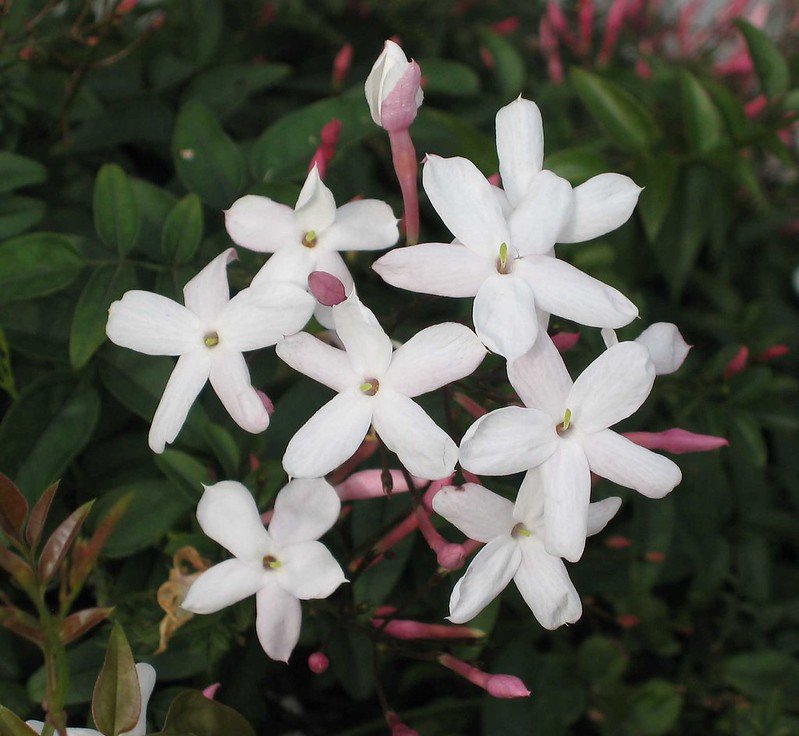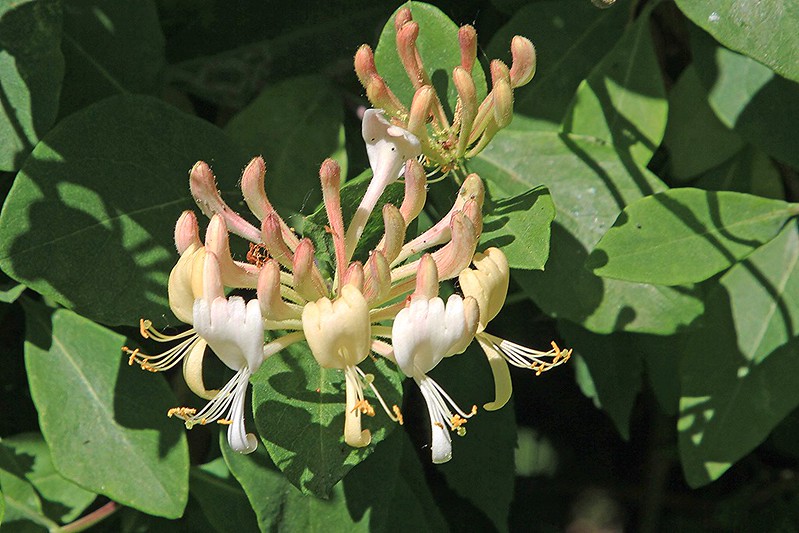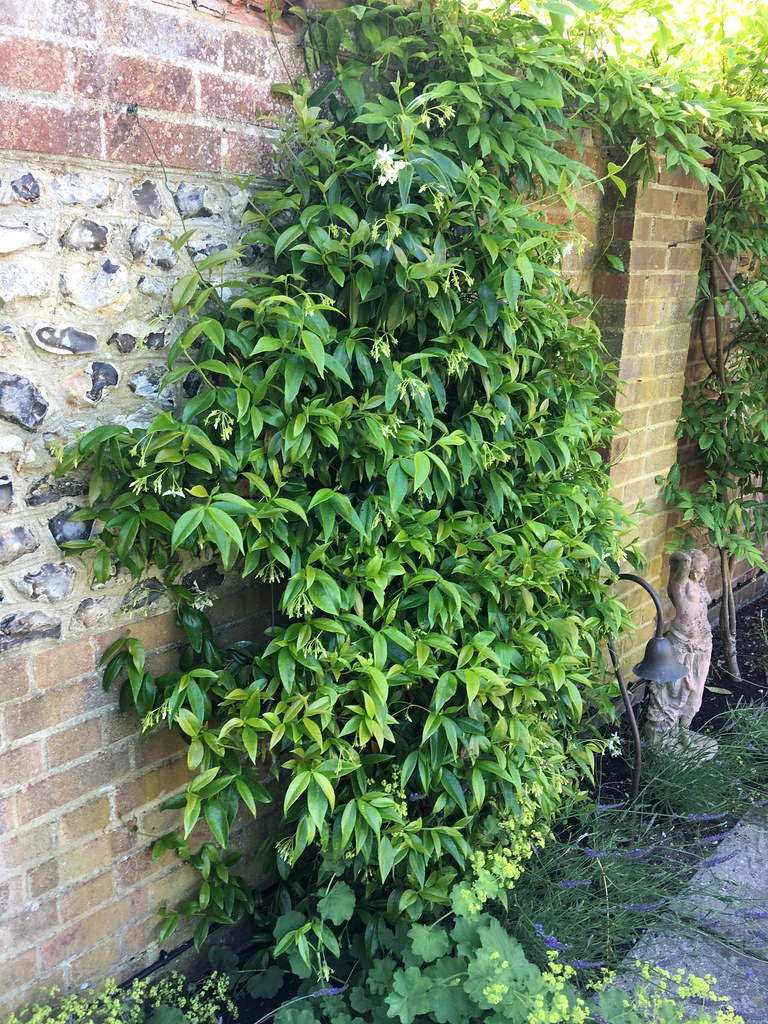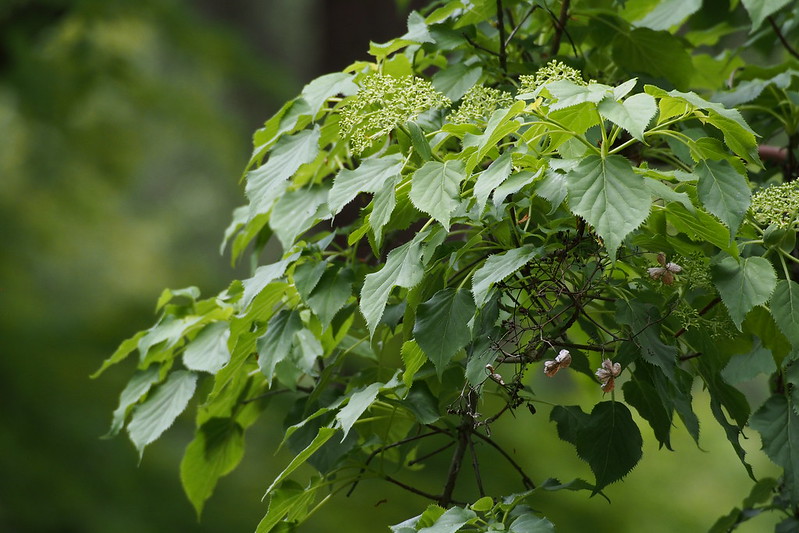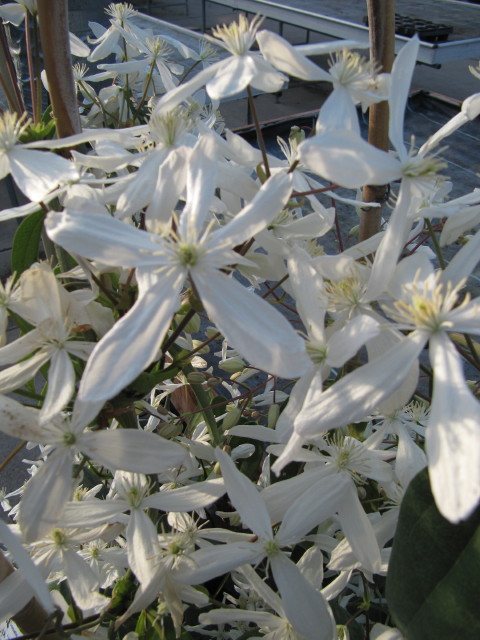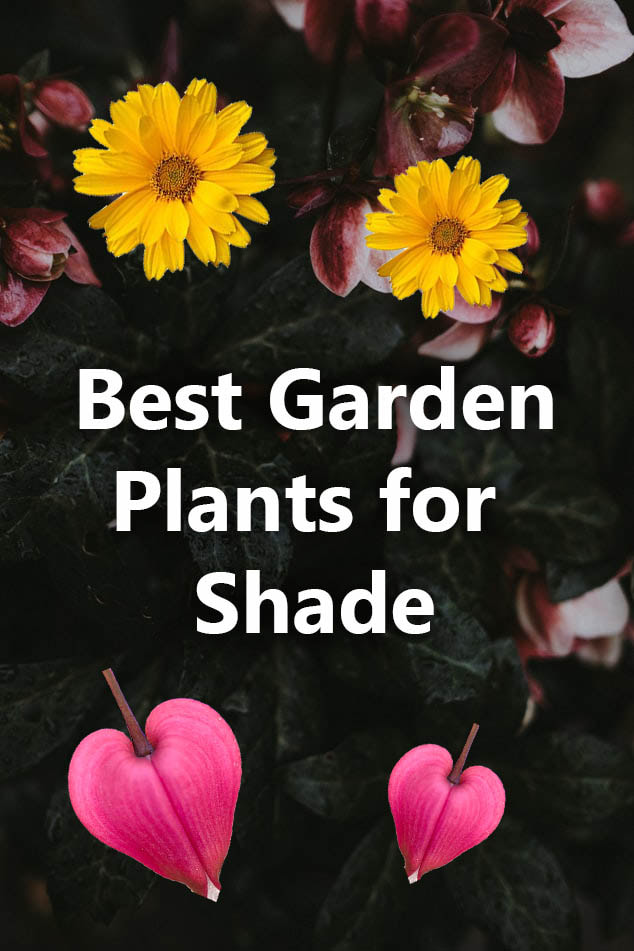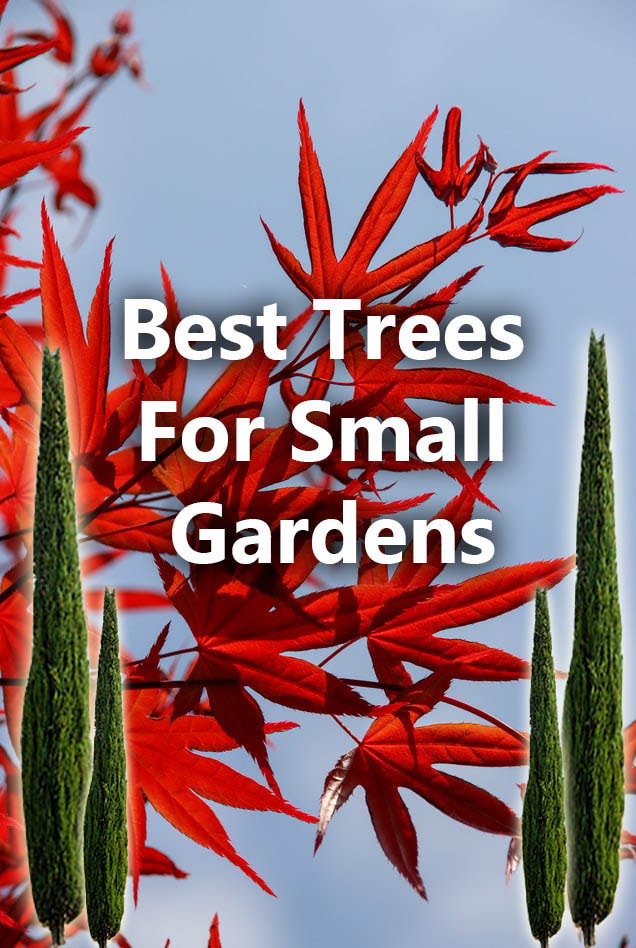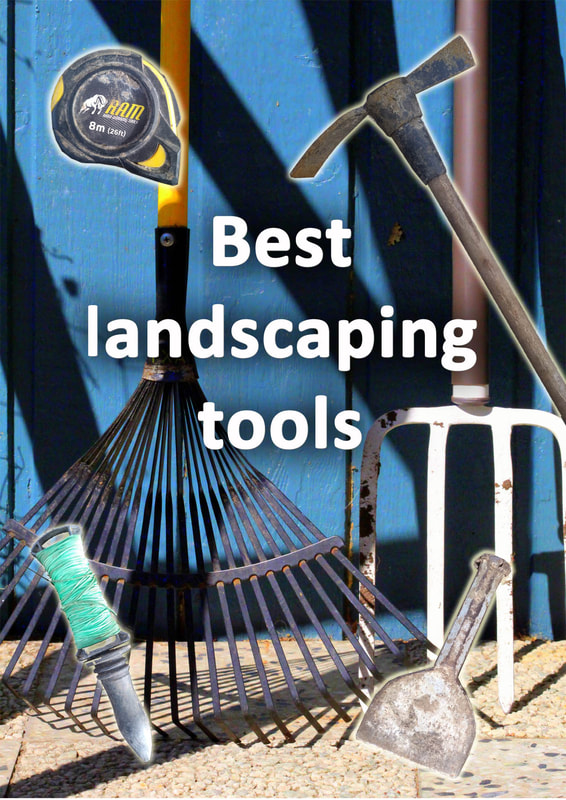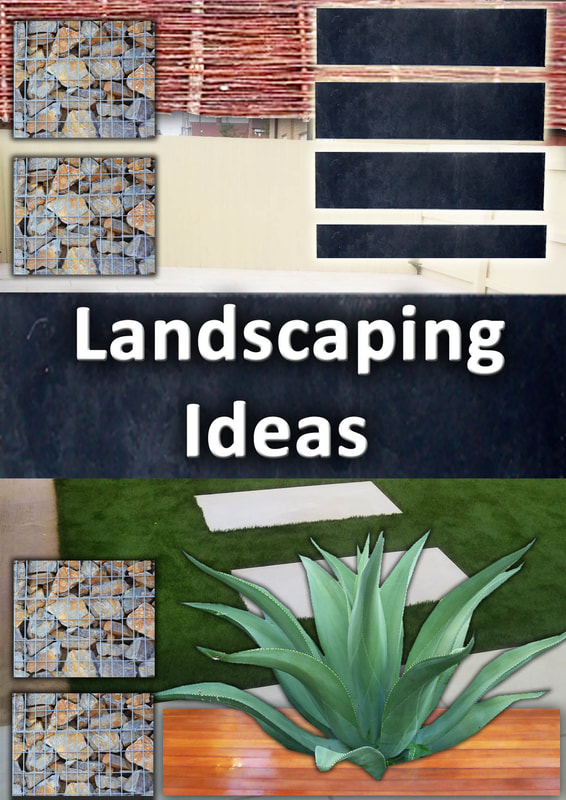|
London and the southeast is one of the most populated parts of the United Kingdom. Consequently there are many gardens which require plants that will not only look good but thrive in local conditions.
Within a relatively small geographic region however growing conditions can vary greatly. Variables such as soil conditions, geology, topography, aspect, positioning and microclimate can all make a difference to growing outcomes. Generally however London and the Southeast do have a general temperature range and average rainfall measure. Hence in this article I will explain the extremities of varying conditions but still list plants that will thrive in this region. I will describe plants that will not only adhere to general conditions but also provide seasonal interest. The plants selected will also be as hardy and as low maintenance as possible. Climate
London and the Southeast falls within the hardiness zone of between 8 and 9. These zones rarely fall below minus 10 degrees and generally have warm summers. Very urban areas within this region particularly London can almost reach Mediterranean levels of heat in warm summers. This makes it easier to grow much warmer loving species.
In contrast to this more rural areas of the Southeast and further inland can experience much more extreme night time lows. This can be accelerated by being located on higher ground. Hill ranges such as the South Downs, North Downs, Surrey Hills and Chiltern Hills can be as much as 5 degrees cooler than lower areas. This is especially so for very exposed hillsides at elevation. If you live within the Southeast of England you may wish to consider which one of these applies to you. This will make you more successful in selecting suitable plants for your site. Micro-climate
Especially relevant to London and urban parts of the southeast microclimate can be a factor in plant species selection. A micro climate is when a landscapes physical surroundings enables temperature or weather conditions to be manipulated.
Commonly this is shelter provided from cold northerly or easterly winds. South facing walls can provide suntraps and warm microclimates perfect for growing fruits or Mediterranean plants. Urban areas typically suffer from the ‘heat island effect’ this is where concrete and hard surfaces absorb and reflect the suns heat. This creates an unnaturally warm environment in sunny weather. When selecting plants in the Southeast examine the sites landscape features. Is it protected from cold winds? Does it have an urban setting? Is there a warm suntrap? Shelter
Shelter can be provided by fences, walls, buildings, hillsides, or shelter belt planting. If is surprising just how badly plants can suffer in very exposed positions. If planting in exposed areas such as large gardens or commercial zones consider adding some shelter. This could be by planting a hedge or adding some fencing.
Frost pockets
Frost pockets are typically low lying areas where cold air pools especially during winter nights. Always survey surrounding topography to predict where cold air will congregate on winter nights.
Frost pockets should be planted by more cold hardy varieties and plants which can take some water logging. Frost pockets do not have to be just in low lying areas. Walls and buildings can act as a dam pooling freezing air on its way down a slope. It is extremely advantageous to recognise these features before planning a planting scheme. Rain shadows
Rain shadows are areas of the garden that due to being next to vertical structures receives less rainwater. As rain falls from the sky the wind carries it at a slight angle. This typically leads to dry flowerbeds around buildings and fences.
When choosing plants ones which can take dryer soil conditions are best in these areas. Also bear in mind fence boundaries can have level changes which affect soil moisture content. Be aware that planting beds next to walls will have concrete foundations and commonly builder’s rubble under the soil. Theme & design
When planning a new flower border or planting bed try to think about a design and theme. London and the southeast is blessed with a relatively mild climate and good annual rainfall totals.
This gives much choice when it comes to plant selection. Perhaps you have happy memories of Mediterranean holidays and want such a theme in your garden. Olives, palms and succulent plants will grow happily in the Southeast, especially London. You will need a sunny garden and make sure you have a free draining soil. If you have a modern home perhaps you could use architectural plants and bold mass plantings. Biodiversity
Today in our times of greater ecological awareness many are attempting to grow plants which encourage biodiversity. This can be the installation of wildlife gardens or planting plants which provide shelter and pollen for insects. In the past 20 years there has been a dramatic reduction in essential pollinators such as bees and butterflies.
There has also been a substantial drop in beneficial species which consume pests such as small mammals like hedgehogs and amphibians. Some of the ways you can add a boost to these species in your flowerbeds is to add shelter. Hedgehog homes, nesting boxes, insect hotels, log piles and nooks and crannies can all help these creatures hide and nest. Plants which benefit wildlife are generally more adaptable, less maintenance and easier to establish. When selecting a planting scheme it is advised to think about how you can boost local biodiversity. This will not only help local species to thrive it will also allow you to experience nature on your doorstep. Ornamental trees
Although many gardens in London and the Southeast are not particularly large trees are not completely out of the question. There are many smaller ornamental trees which are perfect for most gardens. Ornamental trees can soften boundaries and bad views and provide cool spots in summer. Ornamental trees are also good for wildlife allowing you attach bird boxes and insect hotels.
Acer Palmatum
Amelanchier Betula pendula ‘tristis’ Eucalyptus pauciflora Robinia pseudoacacia Catalpa bignonioides Magnolia Rowan Acer grisium Crab apple Large shrubs
Large shrubs can add structure to the garden and help to cover unsightly areas. The great thing about larger shrubs is they can add blocks of foliage at eye height to create a backdrop.
The attributes of large shrubs are very diverse including coloured leaves, flowers and interesting forms. Large shrubs often create secure zones for wildlife and particularly birds. The southeast of England provides the environment for a whole range of interesting large and diverse shrubs to choose from.
Rhododendron
Camelia Photinia x Fraseri ‘Red Robin’ Viburnum tinus Ceanothus Hydrangea Choisya ternata Philadelphus Buddleja davidii Pyracantha Small shrubs
Small shrubs allow you to create pockets of interest throughout your flowerbeds. Small shrubs grow in a variety of forms including weeping habits and domes. Some are best clipped into varying shapes like box or privet. Small shrubs are truly versatile in the border and can be used as an intermediate zone between large shrubs and herbaceous plantings.
Hypericum hidcote
Ribies sanguineum Rosmarinus officinalis Pieris japonica Cotinus coggygria Royal Purple lonicera nitida Spiraea japonica Callicarpa japonica Nandina domestica Phormium Ground cover
Ground cover plants are usually climbers or low growing shrubs which can create blanket foliage over the ground. This is very useful when attempting to crowd out weeds from growing in your flower borders. Ground cover plants grow at the perfect height to provide a transition from flat surfaces to flower beds.
Cotoneaster Horizontalis
Hebe Pinguifolia Vinca minor Bergenia Mahonia aquifolia Juniperus Squamata 'Blue Carpet' Euonymus fortunei ‘Silver Queen’ Hedera Colchica Perennials
Perennials are plants which come up every year and then die back down for the winter. They are perfect for boosting seasonal interest and drama during the growing season. Typically perennials are great for planting around patios or in full view of where people congregate.
Most of these plants shoot up quickly and have fantastic blooms to amaze onlookers. The very seasonal nature of their appearance makes them even more valued and appreciated.
Anemone japonica
Sedum herbstfreude ‘Autumn joy’ Echinacea Hosta Rudbeckia Alchemilla mollis Iris Verbena bonariensis Hellebores Lupinus Bulbs
Bulbs are a much long awaited taste of colour during the long months of winter. Usually associated with spring it is important to note there are also many summer flowering bulbs you can add to the garden.
These are perfect for planting in groups through lawns or underneath trees. Just like perennials they provide excellent seasonal interest to the garden. Here are some which are perfect for London and the southeast.
Galanthus
Narcissus hyacinthoides non-scripta Tulip Crocosmia Lucifer Crocus Hyacinths Grasses
Grasses are always a novelty in the garden. Although one of the most common plants on the planet the shear range of forms and colours make them irresistible. From tall, tubular grasses to compact ground covers there is always a use for grasses in planting schemes. Grasses are particularly good for adding movement to the garden as their delicate leaves dance in the breeze.
Miscanthus giganteus
Festuca Glauca Miscanthus sinensis zebrinus Molinia caerulea Hakonechloa macra Stipa gigantea Pennisetum advena Cortaderia richardii Imperata cylindrical Ophiopogon planiscapus nigrescens Bamboos
Bamboos can give a garden a tropical feel and are very hardy in the Southeast. Native to China and Southeast Asia these tall plants have a beautiful vertical line in the landscape.
Their delicate leaves flicker in the wind and can also give off a soothing rustling sound. Bamboos come in a wide variety of types, sizes and shapes. Below are some which are perfect for the Southeast of England and London.
Pleioblastus viridistriatus
Fargesia nitida Phyllostachys nigra Chimonobambusa marmoreal Hibanobambusa tranquillans shiroshima Pseudosasa japonica Climbers
Climbers have long vertical stems which reach up for the light climbing over anything that will support them. Wild climbers ramble up trees in an attempt to take advantage of sunlight. This make them perfect garden plants for growing over structures. Climbers can be used to cover unsightly areas, grow over arches and cover pergolas.
Honeysuckle
Clematis Armandii Wisteria Jasminum officinale Vitis coignetiae Trachiospernum jasminoides Hydrangea anomala petiolaris Pyracantha
Thank you for reading our article on best outdoor plants for London and the Southeast. If you found it useful why not share it with your friends?
Thinking of landscaping your garden yourself? Why not check out our resource page or recommended landscaping tools article. Buckinghamshire landscape gardeners provides landscaping services across most of Buckinghamshire including: Amersham, Aylesbury, Beaconsfield, Berkhamsted, Chalfont, Chesham, Gerard's Cross, Great Missenden, High Wycombe, Princes Risborough and Wendover.
0 Comments
Leave a Reply. |
The Author
|
Landscaping services across Buckinghamshire, Amersham, Aylesbury & High Wycombe
Hyde Heath, Amersham, Buckinghamshire |
|
